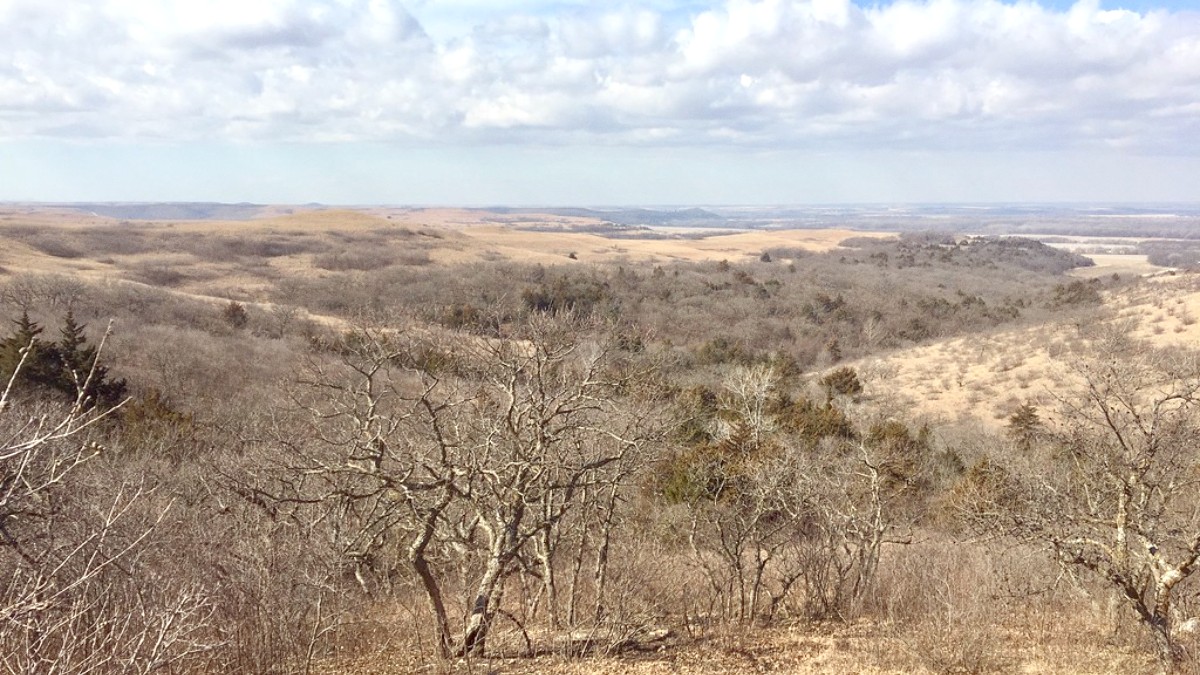
Kansas, USA
Public transportation within the Flint Hills region itself is extremely limited. You will not find metro or tram systems. Larger towns like Manhattan and Emporia operate local bus systems, but these mainly serve residents within city limits and do not extend to the rural attractions or connect between towns.
These local bus systems are not designed for or useful for touring the wider Flint Hills region, which is characterized by vast, open spaces between small communities.
Local bus systems typically use cash fares (e.g., $1-$2 per ride). Some may offer daily or monthly passes, but these are generally for local residents.
Route maps and schedules for local bus systems are usually available online. Important hubs are within city limits, not connecting rural areas.
For any travel beyond town centers, you rely entirely on a personal vehicle or ride-sharing services, as public transit does not extend to rural attractions.
Preferred and most effective method for exploring the Flint Hills. Book in advance.
Not common or practical for touring due to distances and gravel roads.
Mostly limited to university campuses; not for region-wide touring.
No unique local transport like tuk-tuks or cable cars.
While a car is paramount, walking and cycling offer ways to experience specific areas, especially within towns or dedicated park trails.
Newer buildings and hotels generally comply with Americans with Disabilities Act (ADA) standards.
Accessible facilities generally available.
Tallgrass Prairie National Preserve offers some accessible trails and facilities at its visitor center.
Specific trails offer wheelchair access.
A personal vehicle or an accessible rental van is needed to navigate the region and reach scattered attractions.
Personal vehicle recommended for flexibility.